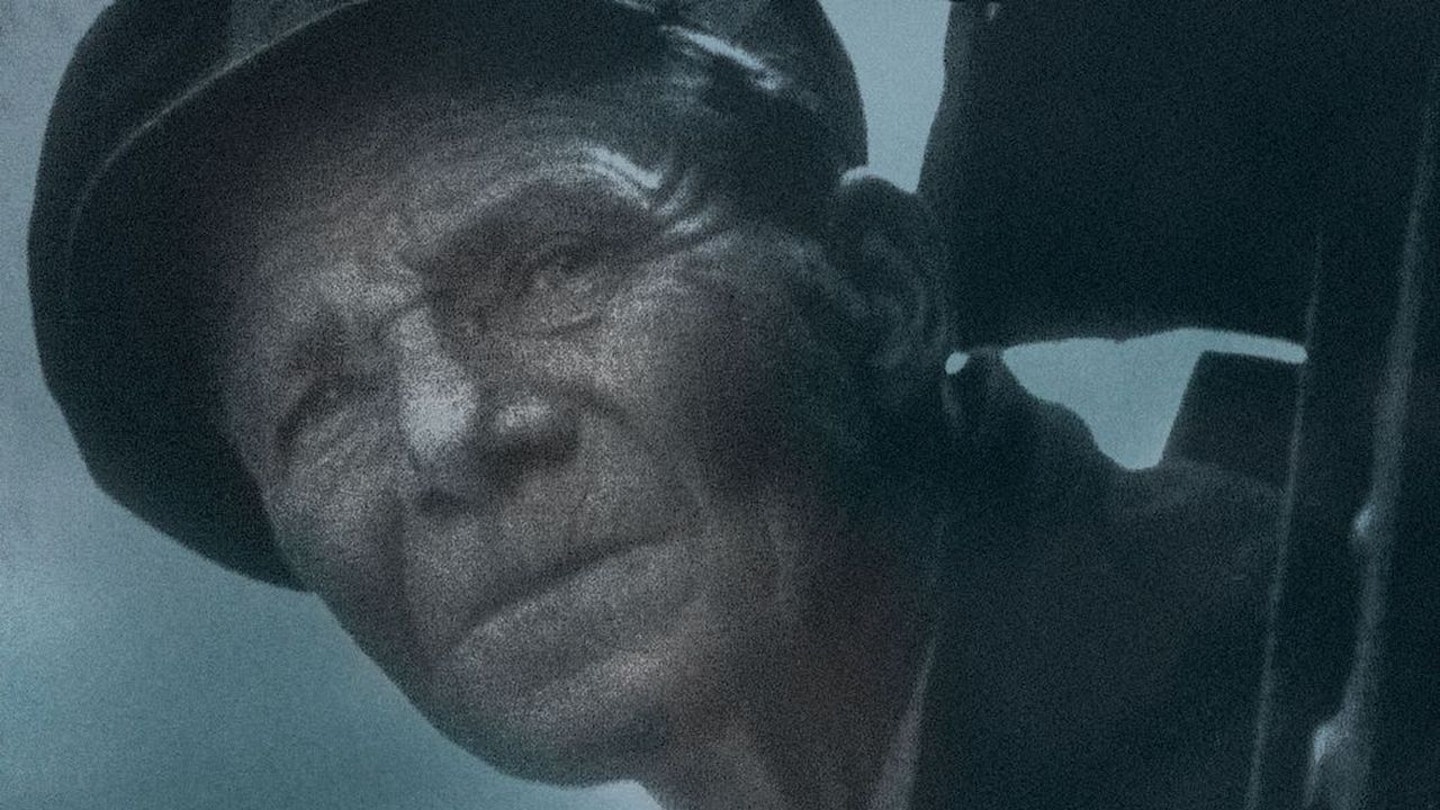On its initial release, Claude Lanzmann's epic documentary was hailed as a monument to the victims of the Holocaust. Some doubts were cast about his hectoring interviewing technique and his resort to deception to secure on-the-record testimony from those who co-operated only on the guarantee of anonymity. But most felt that Lanzmann had a duty to expose the guilty in order to ascertain the truth about humanity's most heinous crime.
However, Lanzamann's reputation as a film-maker has since been challenged and his objectivity called into question. Following the denunciation in some quarters of his third feature, Tsahal, as Zionist propaganda, the authenticity of some of Shoah's more emotive content was similarly disputed, with Treblinka barber Abraham Bomba's descriptions of the gas chambers coming under the closest scrutiny.
Lanzmann's most persistent critics revealed that he had set out to produce a standard documentary record of the Shoah (from the Hebrew word for chaos' or annihilation'), whose backers included the French and Israeli governments. However, the discrediting of much of the material he had chosen to use in 1979's Faurisson Affair prompted him to abandon found footage and primary documentation and rely solely on eye-witness accounts.
Consequently, no stock footage was used to set the scene or provide any historical verification and Lanzmann presented his subjects as living witnesses whose recollections were much more real and vivid than any grainy newsreel image.
The testimonies certainly made an impact and while some of them may now seem dubious (even allowing for the vagaries of memory), much of what is stated here can be corroborated by other sources. Lanzmann's use of repetition and circularity may strike some as manipulative, but it makes organisational sense and reaffirms the necessary warning that humanity has the awful habit of making the same mistakes over again.
But, regardless of whether Lanzmann's agenda or methodology can be queried, Shoah still contains some irrefutably powerful moments. None more so than the images of what remains of the camps in what is now tranquil countryside, which suggest that the landscape also remembers and still bears the scars of the crimes perpetrated upon it. Indeed, the screams that one witness recalls seem to hang silently over the chillingly eerie footage of greenery than now hides mass graves and terrible secrets that not even these eloquent (if occasionally unreliable) witnesses can reveal.
